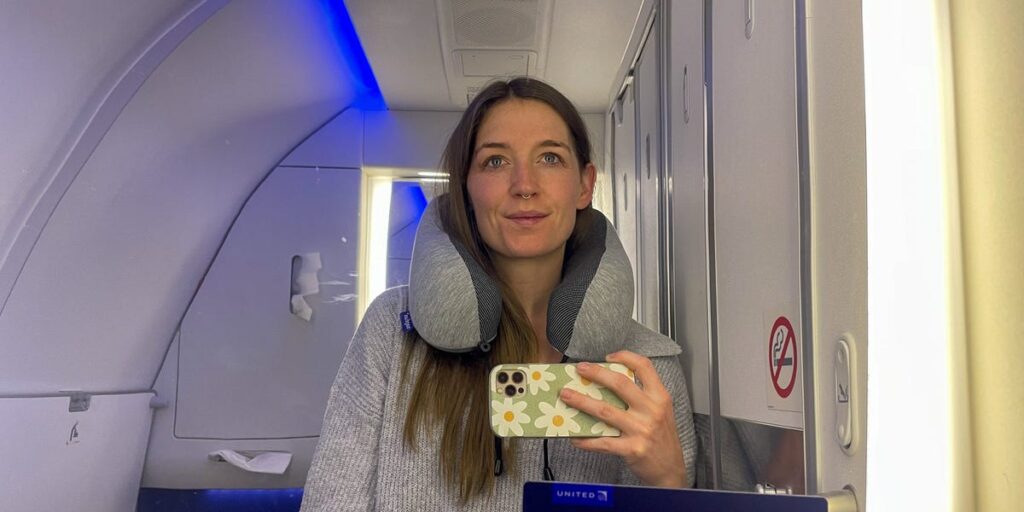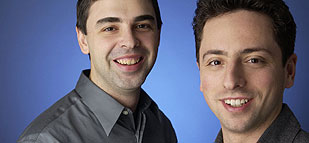- In 2023, I embarked on one of the longest flights of my life: a 12-hour flight from Denver to Tokyo.
- My biggest mistake was booking a flight that didn’t suit my sleep schedule.
- I was jet-lagged for days. I wish I picked a red-eye to help me acclimate to time in Japan.
I hopped on a train heading to Denver’s international airport with confidence.
It was my second long-haul flight within a year, and I was convinced I had finally mastered the skill of traveling long distances.
My travel pillow was packed, my AirPods were charged, and a bag full of snacks was stored safely in my backpack.
I thought I had everything I needed. But I made one major mistake — and it didn’t have to do with packing.
For a 12-hour plane ride to Japan, I should’ve prioritized a flight based on my sleep schedule.
I booked an afternoon flight to Tokyo
In the weeks leading up to my trip, I eyed flights to Tokyo.
Originally, I thought a noon departure would be ideal. It was late enough that I could sleep in and head to the airport without feeling rushed.
A noon departure meant I’d land in Tokyo at 2:40 p.m. the next day. At the time, this seemed ideal; I’d have an afternoon to explore the city before getting a full night’s rest to kick off my Japan trip.
So I booked the ticket.
Looking back, I should’ve considered a red-eye flight or at least one that departed later in the day.
I didn’t sleep on the plane, which kicked off a jet-lag nightmare once I landed
I was wide awake when my flight departed. I had a full night’s rest — and I was even able to sleep in past my typical 6:30 a.m. alarm.
I originally hoped that being fully rested would set me up for success, but that was far from the truth.
After meal service on the flight, the cabin lights dimmed, people grabbed their eye masks and pillows, and travelers all around me went to sleep.
I, on the other hand, was wide awake. I read, listened to music, and watched movies. I attempted — and failed — to fall asleep.
The result was that I was utterly exhausted when I landed. While it was midnight in Denver, it was only 3 p.m. in Tokyo.
I had planned for an entire afternoon of exploring. I wanted to pick up my bullet train tickets, check into my capsule hotel, see a nearby shrine, and head to dinner at a cheap Michelin-rated restaurant.
Instead, I hopped on a train into the city and dozed in and out of sleep. The adventures I had lined up for the day wouldn’t have been enjoyable if I had been grumpy and tired.
So, I checked into my hotel and decided to take a short nap. This was yet another mistake.
Sabra Abbott, an associate professor of neurology in sleep medicine at the Northwestern University Feinberg School of Medicine, previously told Business Insider that travelers should try to follow the new destination’s time zone and avoid naps to prevent jet lag.
“Get enough sleep so you can push through the rest of the day and go to bed at the new clock time rather than following your home schedule,” Abbott said.
I didn’t listen, and my nap made things spiral into a jet-lag nightmare.
For the next few days, my sleep schedule was completely off. I went to bed each night at about 8 p.m. and woke up at about 4 a.m.
It took three full days before I adjusted, but those days of poor sleep could’ve been avoided.
Looking back, I should have booked a flight that departed later in the day. This would’ve allowed me to fall asleep on the plane and be ready for adventure when I landed in Tokyo.
Abbott seems to agree. If a flight is long enough for a full night’s rest, she previously told BI, taking a red-eye flight can be a smart way to minimize the effects of jet lag.
So, for future long-haul flights, I’ll opt for a red-eye.
Read the full article here
















